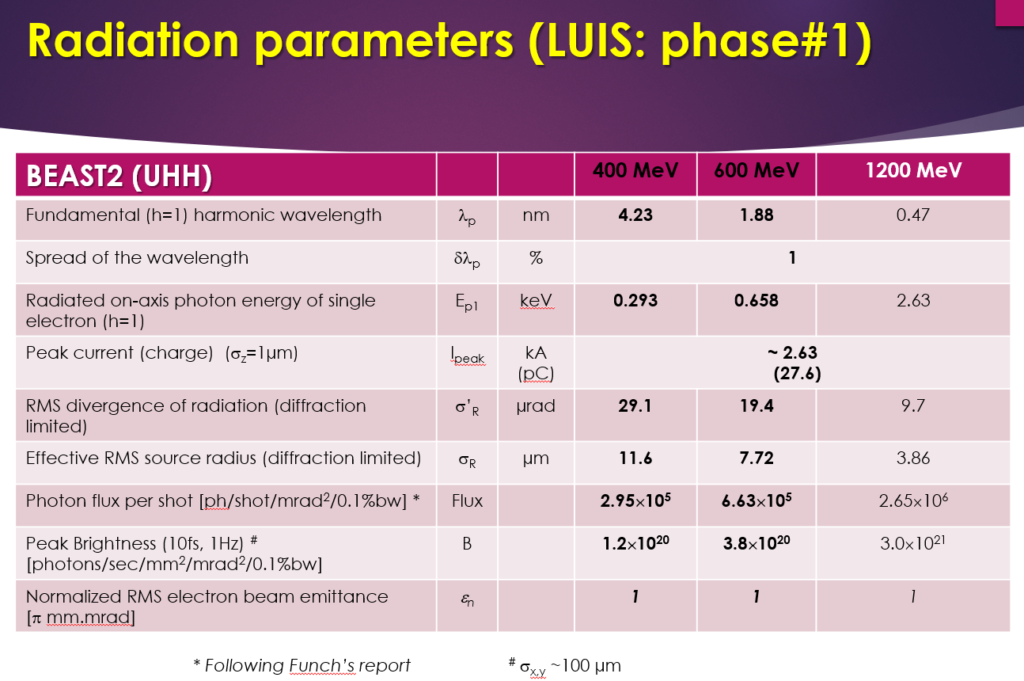The LUIS technology is based on the achievements of the LUX collaboration between University of Hamburg (Germany) and ELI-Beamlines (http:/lux.cfel.de).
The LUIS team (leader: Dr A.Molodozhentsev) is a part of Department of 86 (head of department: Prof. S.Bulanov) is working in tight collaboration with all technical teams of ELI-Beamlines as well as the ELBA and HiFI research teams. The LUIS team established the international collaboration with University of Hamburg (Germany), DESY (Germany), University of Osaka (Japan), Kansai Photon Science Institute (Nara, Japan), Royal Holloway and Bedford New College (United Kingdom), Wroclaw University of Science and Technology (Poland) as well as with Czech Universities. The LUIS team is a part of the EuPRAXIA international community.
The first goal of LUIS development is characterization of the electron beam parameters, accelerated by the “100TW”-scale laser power (with the repetition rate up to 50 Hz), required for the LUIS research program. The electron acceleration will be performed in the pre-formed plasma channel inside of the Sapphire capillary (Picture 1). After the first experimental campaign, the LUIS “phase0” setup (current status of the LUIS-phase0 technology in the E5 hall is shown in Picture 2) will be upgraded to the “phase1” (Picture 3), which includes the electron beam transport with electron beam diagnostics and the compact undulator, based on the permanent magnet technology (Picture 4). All key elements of the LUIS “phase1” setup are ready to be installed. After the successful realization of the LUIS “phase1” research program, the LUIS setup will be upgraded “step-by-step” to the “phase4” final setup in order to optimize the electron beam parameters for the EUV-FEL experiments. The model of the “LUIS “phase4” setup is presented in Picture 5.
As the result of the LUIS-Phase1 setup commissioning using the HAPLS laser (adapted to the LUIS setup), the photon user community will have an assess to the LUIS photon beam with the parameters, summarized in Table 1. The high repetition rate operation of the LUIS setup will be possible after finalization of the DUHA laser system and the L2-to-E5 laser beam transport.
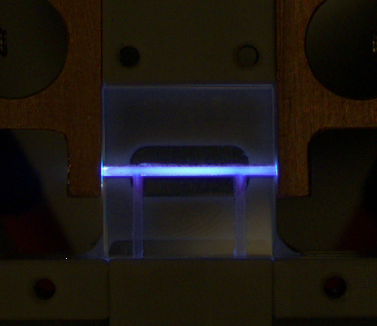
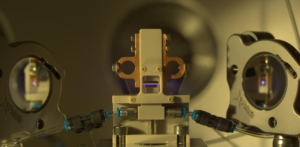
Picture 1: Discharge in the Sapphire capillary (test setup: LUIS-Lab / Dr. K.Kruchinin)
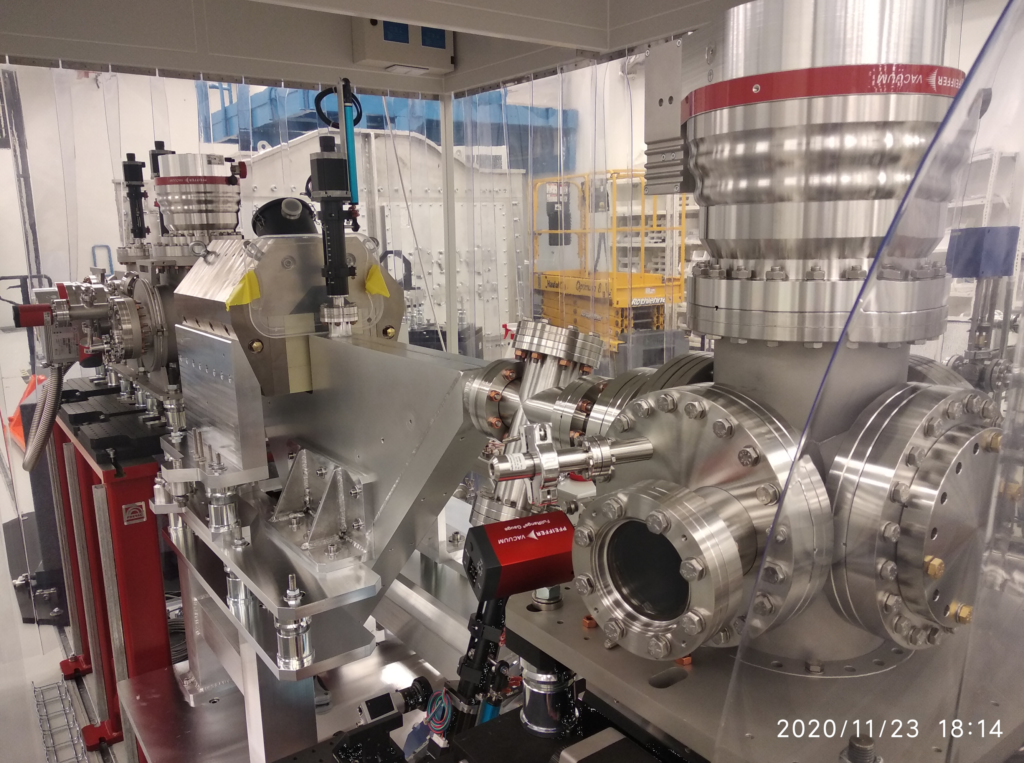
Picture 2: LUIS “phase0” setup, assembled in the E5(LUIS) experimental area.

Picture 3: Model of the LUIS “phase1” setup to produce the incoherent photon radiation for users.

Picture 4: Compact permanent magnets undulator (UHH-ELIBL collaboration).
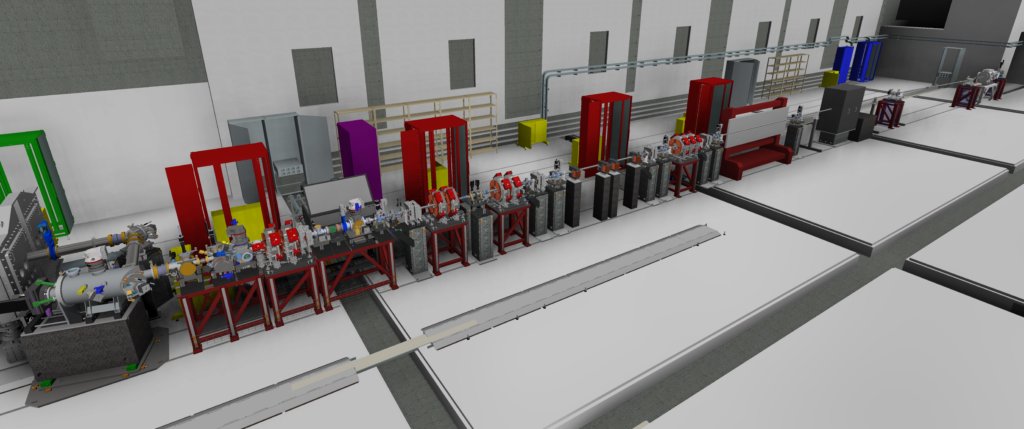
Picture 5: Model of the LUIS “phase4” setup to optimize the electron beam parameters, required for the EUV free electron laser operation (integrated into the E5 experimental hall).
Table 1: Incoherent photon beam parameters, available for the photon user community after commissioning of the LUIS-phase1 setup
